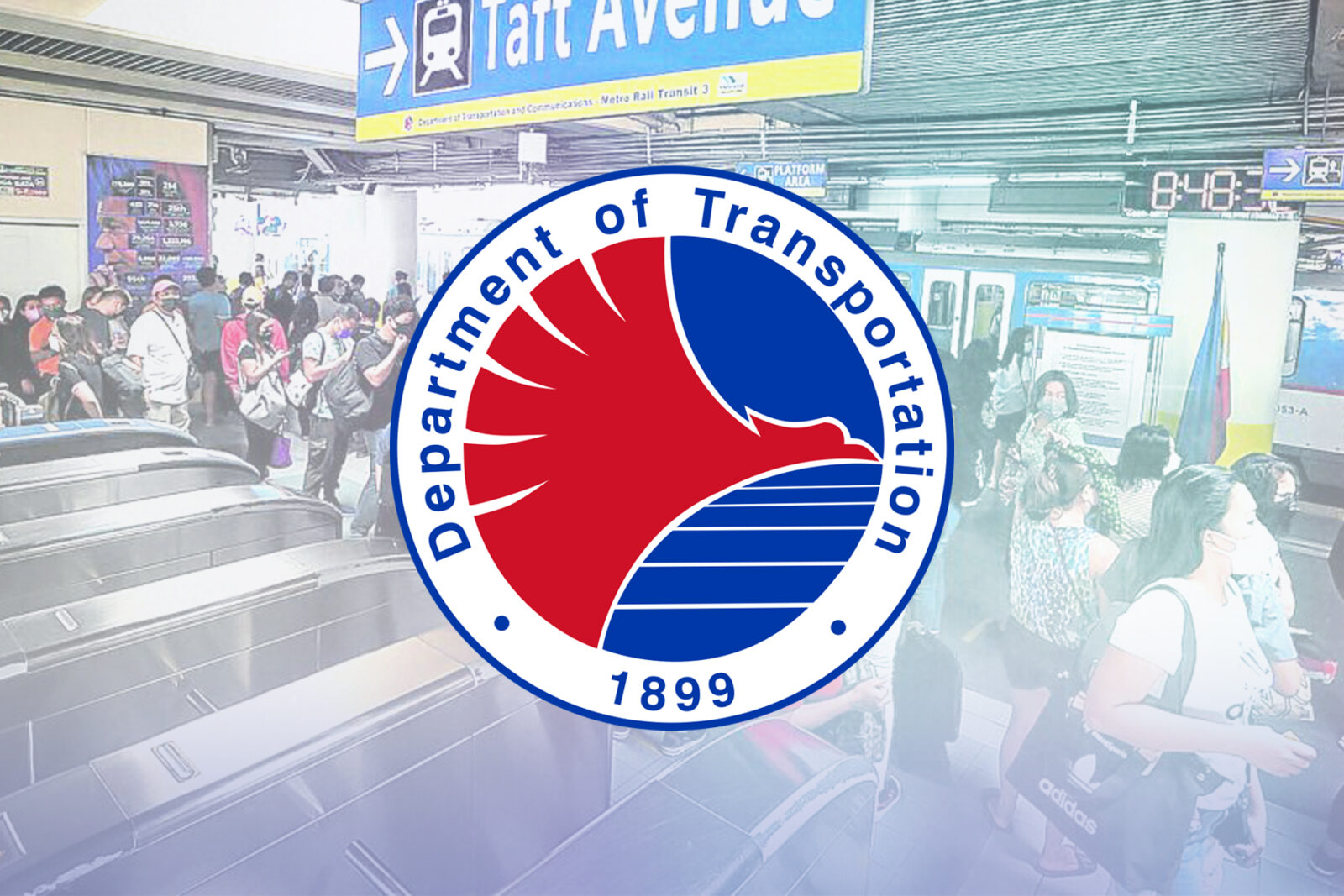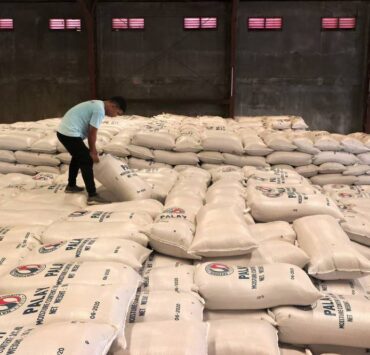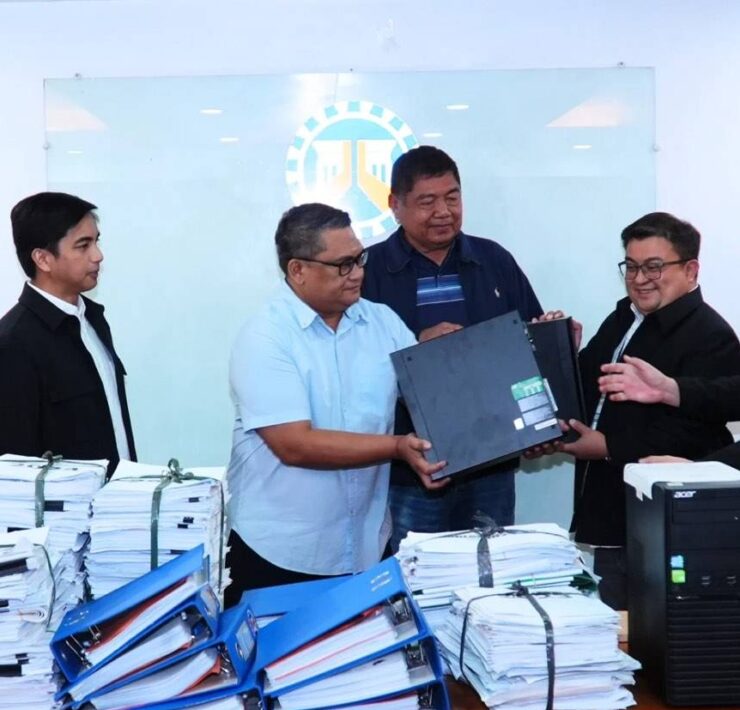Subway in Cebu? Feasibility under study

The Department of Transportation (DOTr) is set to conduct a feasibility study on a 65-kilometer subway in Cebu, a big-ticket infrastructure project seen to decongest the country’s second-biggest metropolis.
Transportation Undersecretary for Planning and Project Development Timothy John Batan, in a radio interview, said that building an underground railway was the solution found to ease the traffic in the Central Visayas province.
He explained that an elevated railway, like the Light Rail Transit Lines 1 and 2 and Metro Rail Transit Line 3, was not feasible because Cebu province has “narrow roads.”
In the conduct of the study, Batan said they would look into the demand for this mass transport project to estimate the number of passengers the proposed subway can accommodate.
The subway, which is designed to span 60 km to 65 km, will be constructed in two phases.
The first phase, or the central line, will traverse Danao City, Liloan, Consolacion, Mandaue City, Cebu City, Talisay City, City of Naga, San Fernando and Carcar City.
The second phase, or the coastal line, will pass through Talisay City, Cebu City, Mandaue City and Lapu-Lapu City.
Hatched in 2019
The Cebu subway is part of the Metro Cebu Urban Transport Master Plan, which was crafted by the Japan International Cooperation Agency (Jica) and the Metro Cebu Development and Coordinating Board in 2019.
As the DOTr moves to realize this project, construction of the 33-km Metro Manila Subway has reached an 18.24-percent completion rate.
This underground railway project is designed to have 17 stations connecting Valenzuela City to Pasay City. It is expected to service over 519,000 passengers daily once operational.
The DOTr previously stressed the need for more railway systems in the countryside to support both passenger and cargo movements.
It noted that only 14 out of 81 provinces, or 17.3 percent, have operational or investment-approved interregional railways. This is markedly lower compared with Vietnam’s 41.3 percent, Thailand’s 55.3 percent and Japan’s 97.9 percent.
In line with this, the government and Jica are also working together to come up with a 30-year rail master plan covering the National Capital Region, Central Luzon and Calabarzon.





















